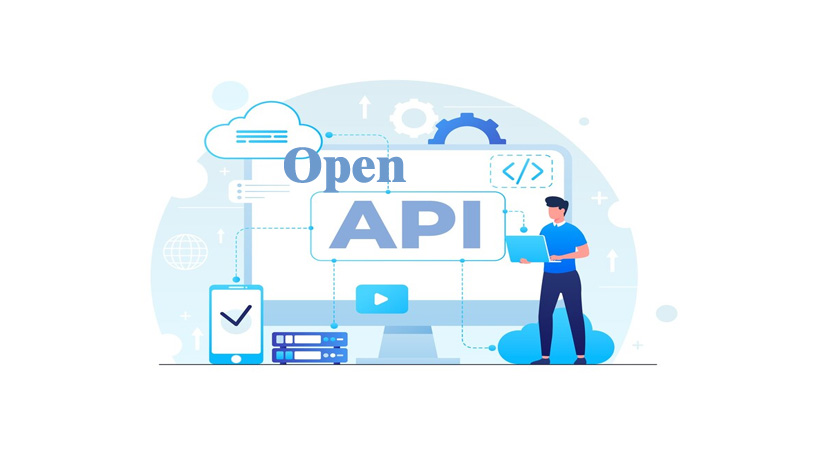Open API is defined as a language-agnostic interface to restful API (This uses HTTP protocol for data transmission) that will allow both computers and humans to understand the service’s capabilities that do not need access to a source code or network traffic inspection. Open API only works with Restful APIs and not with others. This specification in this API will provide an interface for letting computers and humans determine an API and how to interact with it.
What are the Advantages of Open API?
- Clients can interact with API Servers without knowing the interaction with the server. But this only happens with other APIs. It requires third-party code to access the server, and it doesn’t provide any of these codes to you.
- This will maintain the API standard moderated by industry leaders.
- It is considered the most popular format for describing other APIs. The extent of its work shows that this API will be here for the long run.
- Moreover, this API is known for its quickly readable documentation for computers and humans.
Open API Format
Open API is written in JSON format, unlike legacy specifications. It is the process of representing API data as a key-value pair. Let us look at it this way: The legacy specification’s title will include the system’s name. But on the other hand, you would write the title as a JSON key-value pair. JSON is the standard format of this API.
Conclusion
In conclusion, open API is considered the most popular format for describing other APIs. The extent of its work shows that available API will be here for the long run. Moreover, it will allow third-party developers to build applications, services, or integrations that leverage the functionalities of the underlying platform or service. Examples of companies offering open APIs include Google and many others, each providing developers with access to specific features or data.

